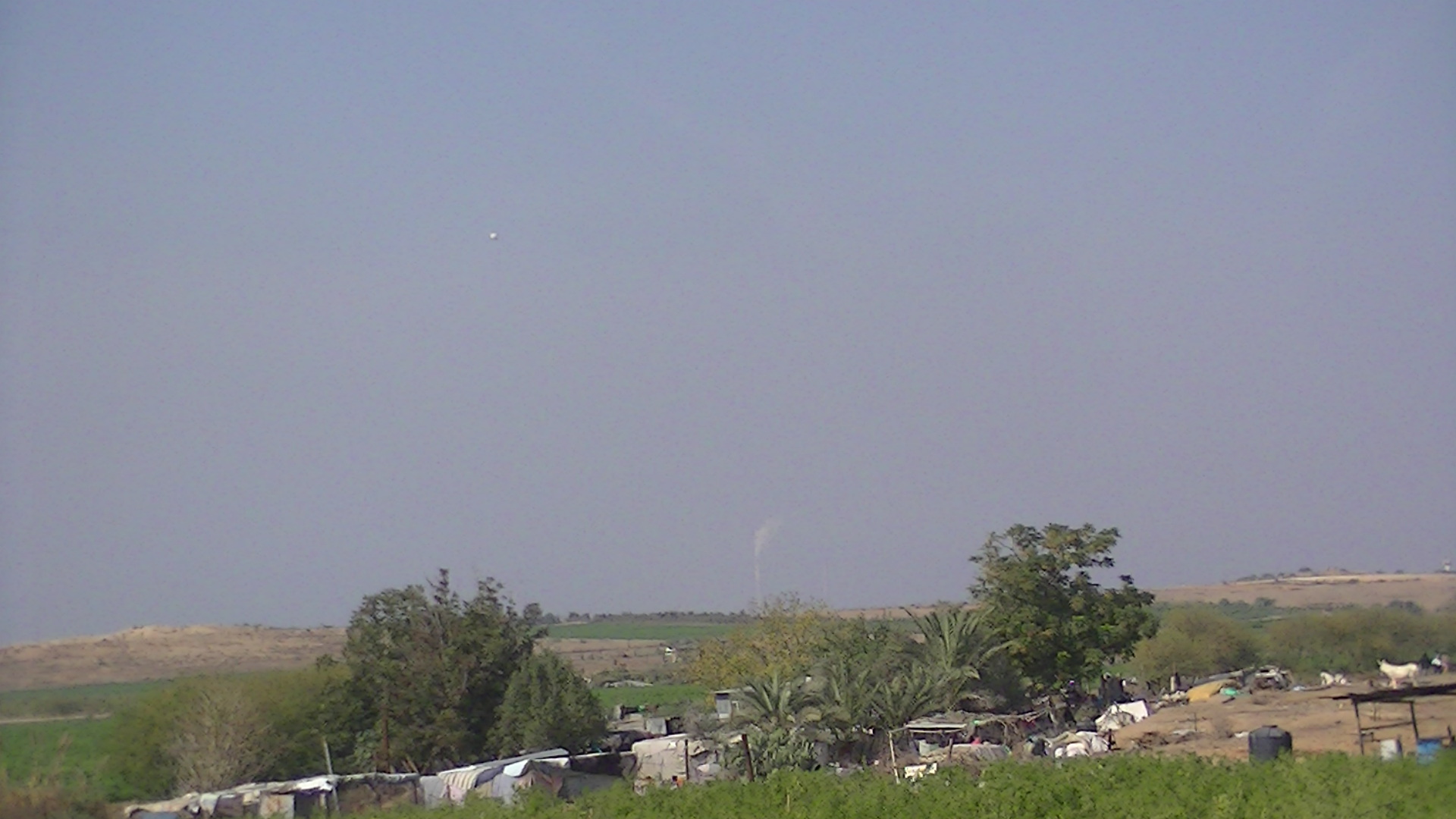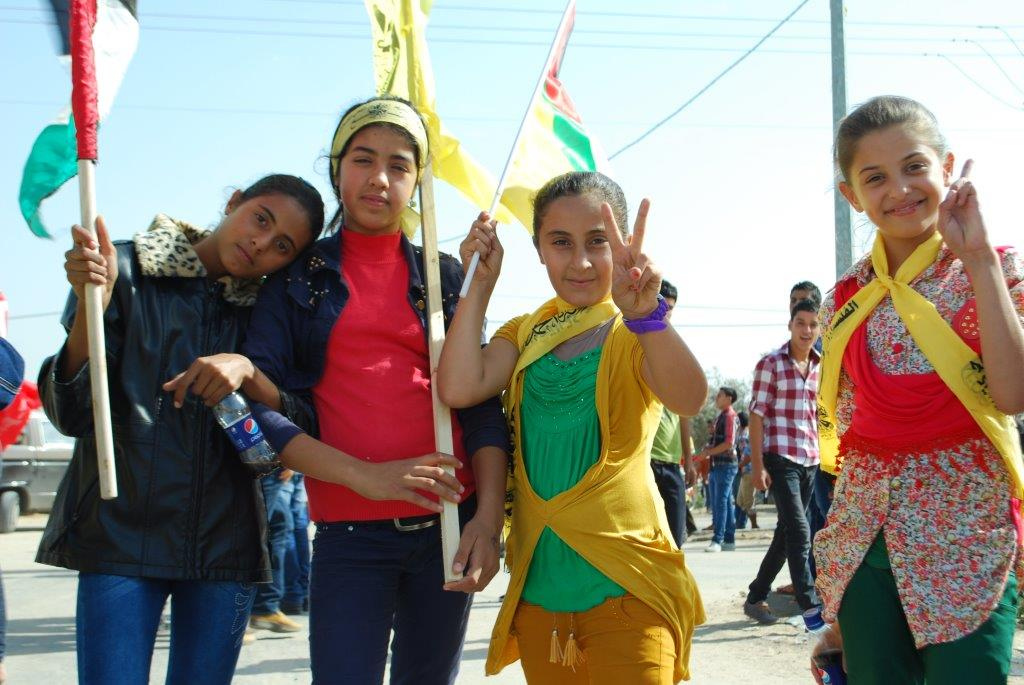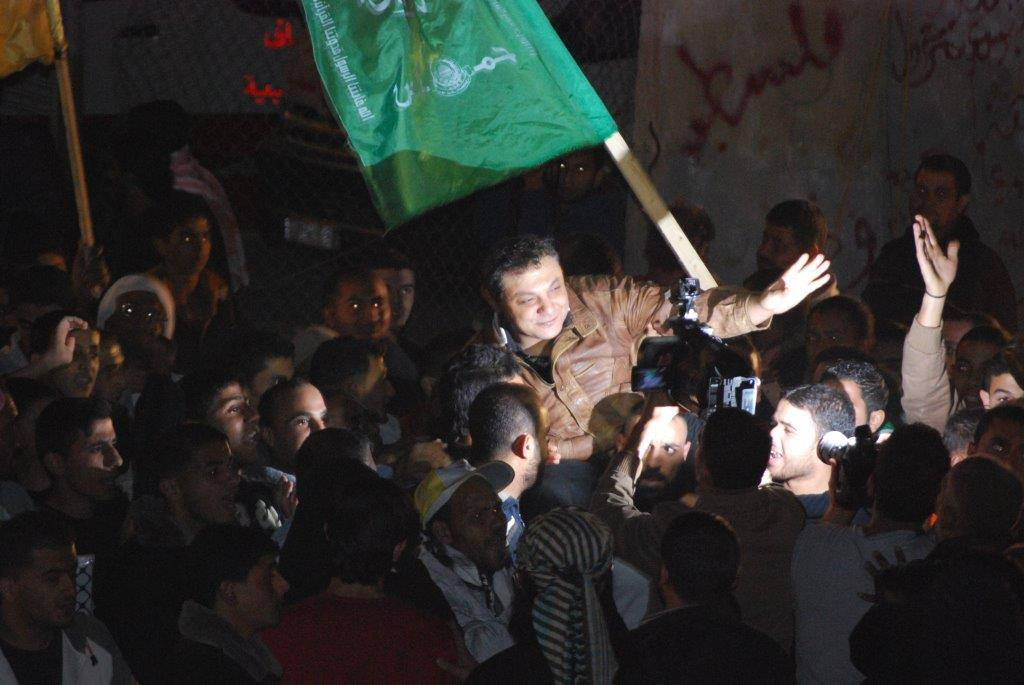Tag: Beit Hanoun
-
Israeli surveillance balloon over Palestinian farmland in ‘buffer zone’ near Beit Hanoun – 6/11/13
8th November 2013 | Corporate Watch, Tom Anderson and Therezia Cooper | Beit Hanoun, Occupied Palestine
-
Photos: A hero returns to Gaza
5th November 2013 | International Solidarity Movement, Charlie Andreasson | Gaza, Occupied Palestine What could be a more appropriate theme for this Monday demonstration for prisoners than those recently released by Israel? Would it have been possible to have a different one? Possible, but hardly appropriate. On the street outside the Red Cross, a temporary stage…
-
Photos: Hundreds greet freed detainees at midnight rally in northern Gaza Strip
30th October 2013 | International Solidarity Movement, Charlie Andreasson | Gaza, Occupied Palestine As part of the resumption of negotiation between Israel and the Palestinian Authority, 26 Palestinian prisoners were released overnight Wednesday from Ofer prison in Israel. Five were transferred to the Gaza Strip via the Erez checkpoint in Beit Hanoun. This was the second of…



